This paper presents a biometric based identification system instead of card based transactions. The key intention is to map multiple account information using a single fingerprint. This system reduces the need to maintain a card for each account.
Keywords |
| Biometric, Fingerprint |
INTRODUCTION |
| Biometrics [1] is an automated method of identifying a person or verifying the identity of a person based on a
physiological or behavioral characteristic. Physiological characteristics such as hand images, finger images, facial
characteristics or iris recognition and behavioral characteristics such as dynamic signature verification, speaker
verification or keystroke dynamics are commonly used. |
| As shown in figure 1, biometric authentication requires comparing a template or identifier against a newly captured
biometric sample. During the Enrollment, a sample of the biometric trait is captured, processed by a computer, and
stored for later comparison. Biometric recognition [2] can be used in Identification mode, where the biometric system
identifies a person from the entire enrolled population by searching a database for a match based solely on the
biometric. The major blocks of biometric authentication system includes a sensor interface, pre-processing module,
feature extraction and a comparing algorithm for identifying a genuine user from a fraudulent intruder. There are
various types of biometric identifiers such as [3]: |
| Fingerprints wherein the patterns of friction ridges and valleys on an individual's fingertips are unique to that
individual. |
| Face Recognition identifies a person by their facial image; it can be done in a number of different ways such as
by capturing an image of the face in the visible spectrum using an inexpensive camera or by using the infrared
patterns of facial heat emission. |
| Speaker recognition uses the acoustic features of speech that have been found to differ between individuals.
These acoustic patterns reflect both anatomy and learned behavioral patterns. This incorporation of learned
patterns into the voice templates has earned speaker recognition its classification as a "behavioral biometric." |
| Iris Recognition method uses the iris of the eye which is the colored area that surrounds the pupil. Iris patterns
are thought unique. The iris patterns can be obtained through aoptical acquisition system. The technology
works well in both verification and identification modes. |
| Hand and Finger Geometry based biometric system measures either physical characteristics of the fingers or the
hands. These include length, width, thickness and surface area of the hand. |
| Signature Verification uses the dynamic analysis of a signature to authenticate aperson. The technology is based
on measuring speed, pressure and angle used by the person when asignature is produced. |
| The traditional authentication systems such as tokens, smart cards, magnetic stripe cards, photo ID cards, physical
keys and so forth, has limitations such as [4]: |
| They can be lost, stolen, duplicated, or left at home. |
| Passwords can be forgotten, shared, or observed. |
| Using biometrics for identifying human beings offers some unique advantages [5]: |
| They are fast |
| Easy-to-use |
| Accurate |
| Reliable, and |
| Less expensive authentication |
| Section II provides the advantages of fingerprint based authentication among other biometrics. Section III introduces
the traditional system. The proposed system and design details are presented in Section IV. Results and conclusion is
given in section V and VI respectively. |
FINGER PRINT BASED AUTHENTICATION |
| Fingerprint based biometric authentication system usually works on three level [6]. As shown in the figure 2, the dark
line that makes up a fingerprint is formed by the peaked portion of the friction-ridge skin and white space that is trough
portion. The identification is based on the location and direction of the peak ending and splits in the peak path. |
| To compare the relative merits of fingerprint as a biometric, we can consider the following properties of a good
biometric [7]: |
| Universality - each person has the characteristic |
| Uniqueness - the characteristic is unique per person |
| Permanence - characteristic remains the same over time |
| Collectability - how easy is it to measure the characteristic |
| Performance - accuracy, speed, and resource requirements |
| Acceptability - culturally accepted by the population |
| Circumvention - robust against fraudulent attacks |
TRADITIONAL TRANSACTION SYSTEM |
| Using automatic teller machine (ATM), a customer is able to conduct several banking activities such as cash
withdrawal, money transfer, paying utility bills beyond official hours and physical interaction with bank staff. ATM
provides customers a quick and convenient way to access their bank accounts and to conduct financial transactions.
Password or personal identification number (PIN) is one of important aspects in ATM security system which is
commonly used to secure and protect financial information of customer from unauthorized access. The system works by
comparing the code against a stored list of authorized passwords and users. Figure 3 shows a basic block module of an
existing transactions system, wherein a front end GUI enables the user for its identification. Once authenticated, the
customer is allowed for the transactions. Through the combination of Application servers and platform the entire
transaction is completed. |
| Such a system is secure in most of the cases by recent studies shows that the thefts have used sophisticated cracking
algorithms to steal ATM holder’s money. The traditional system has its own drawback such as [8]: |
| Most commonly PINs are 4-digitnumbers in the range 0000-9999 resulting in 10,000 possible numbers, so that
an attacker would need to guessan average of 5000 times to get the correct PIN. |
| The strength of PIN as a security system is weakened since the likelihood of the code leaking to other people
increased. |
| Biometrics is a rapidly evolving technology that is being widely used in forensics, such as criminal identification and
prison security, and that has the potential to be used in a large range of civilian application areas. Biometrics can be
used to prevent unauthorized access to financial transactions, cellular phones, smart cards, desktop PCs, workstations,
and computer networks. |
PROPOSED SYSTEM |
| Proposed system uses fingerprint of the user for authentication. This system works using a scanner, followed by a
hashing algorithm and decoding. Each transaction generates a key which is verified from the database. Figure 4, shows a
flow graph of such a system. |
| The design of Biometric Based Transaction includes hardware description, software design and use of open source
software development environment. |
| A. Hardware description |
| The hardware consists of a general purpose computer with following configuration- Pentium ® Dual Core CPU, 2.50
GHz, 2 GB RAM, VGA output and general interfaces like keyboard and mouse. |
| B. Middleware – open source |
| Middleware allows the application to directly interact with USB port Fingerprint scanners and execute functions
through high level Application Programming Interface (API). As shown in figure 5, middleware provides a means to
application programming and low level device interface. |
| It combines the 1: N fingerprint recognition engine and provides High Level Application Programming Interface
which allows easy and swift implementation of software and User Interface. It provides an easy inter-operability. |
| C. Software Design |
| The software design encompasses the use of database, front end graphical user interface and middleware
management. |
| D. Database: |
| Access stores all database tables, queries, forms, reports, macros and modules in the Jet database as a single file. For
query development, Access offers a query designer, a graphical user interface that allows users to build query without
knowledge of structured query language.Figure 6 shows the screen print of the database module. |
| E. Graphical User Interface: |
| Visual Basic is used for the design of front end interaction program with the user. Figure 7 shows the pop up screen
of the system. |
| F. Middleware management: |
| Read-in and Read-out finger print template is performed by the middleware. Fingerprints are saved and called by
means of variant variables. Stored in one dimensional array and read by the database by method encoded template and
method decode template. |
RESULTS |
| The biometric based transaction system is designed using open source software development environment. The
results are shown in table 1. |
| Figure 8 shows a successful transaction performed by the user. Overall 20 customer database was used the
experiment |
CONCLUSION |
| Implementation of this software module will ease the customers in not carry many credit or debit cards to the ATM.
The results indicates that this system is also used to provide security monetary transactions, where multiple account can
be accessed using a single fingerprint by the account holder. |
Tables at a glance |
 |
| Table 1 |
|
Figures at a glance |
 |
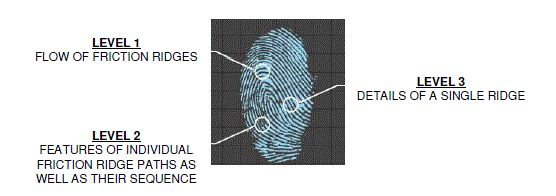 |
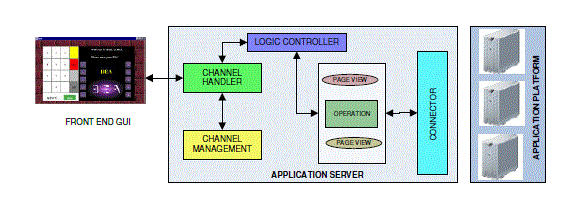 |
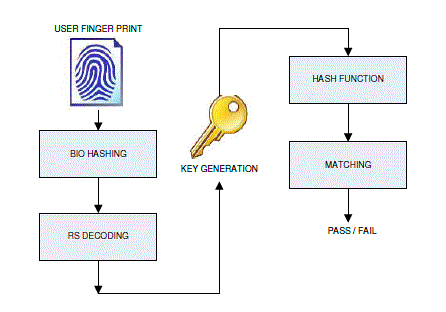 |
| Figure 1 |
Figure 2 |
Figure 3 |
Figure 4 |
|
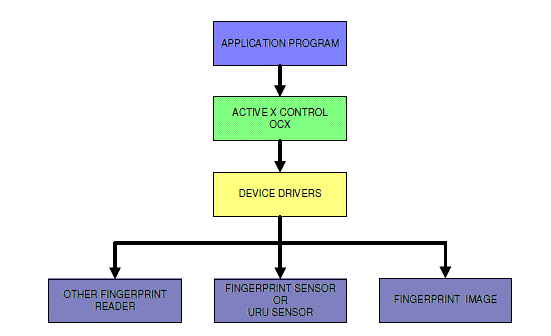 |
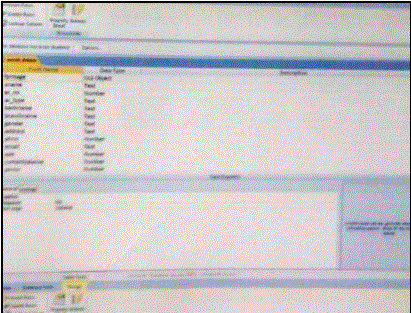 |
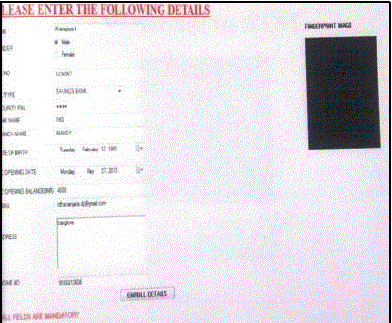 |
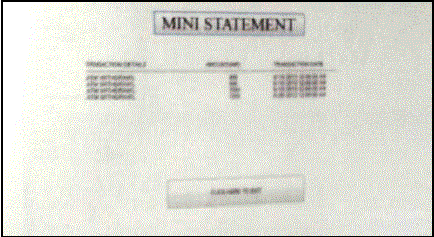 |
| Figure 5 |
Figure 6 |
Figure 7 |
Figure 8 |
|
References |
- Jain, A.K.; Ross, A.; Prabhakar, S., âÃâ¬ÃËAn introduction to biometric recognitionâÃâ¬Ãâ¢, Circuits and Systems for Video Technology, IEEE Transactions on , vol.14, no.1, pp.4,20, Jan.2004.
- SalilPrabhakar, SharathPankanti, Anil K. Jain, âÃâ¬ÃËBiometric Recognition: Security and Privacy ConcernsâÃâ¬Ãâ¢, IEEE Security & Privacy, vol. 1, no. 2, pp. 33-42, March-April 2003.
- Dileep Kumar, YeonseungRyu, âÃâ¬ÃËA Brief Introduction of Biometrics and Fingerprint Payment TechnologyâÃâ¬Ãâ¢, International Journal of Advanced Science and Technology Vol. 4, March, 2009.
- Shimal Das, JhunuDebbarma, âÃâ¬ÃËDesigning a Biometric Strategy (Fingerprint) Measure for Enhancing ATM Security in Indian E-Banking SystemâÃâ¬Ãâ¢, International Journal of Information and Communication Technology Research Volume 1 No. 5, September 2011.
- Emilio Mordini, Sonia Massari, âÃâ¬ÃËBody, Biometrics and IdentityâÃâ¬Ãâ¢, Bioethics ISSN 0269-9702 (print); 1467-8519 (online) Volume 22 Number 9 2008 pp 488âÃâ¬Ãâ498.
- A.K. Sinha, âÃâ¬ÃËFinancial transactions get personalized and secure with biometrics.
- Chien Le, âÃâ¬ÃËA Survey of Biometrics SecurityâÃâ¬Ãâ¢.
|